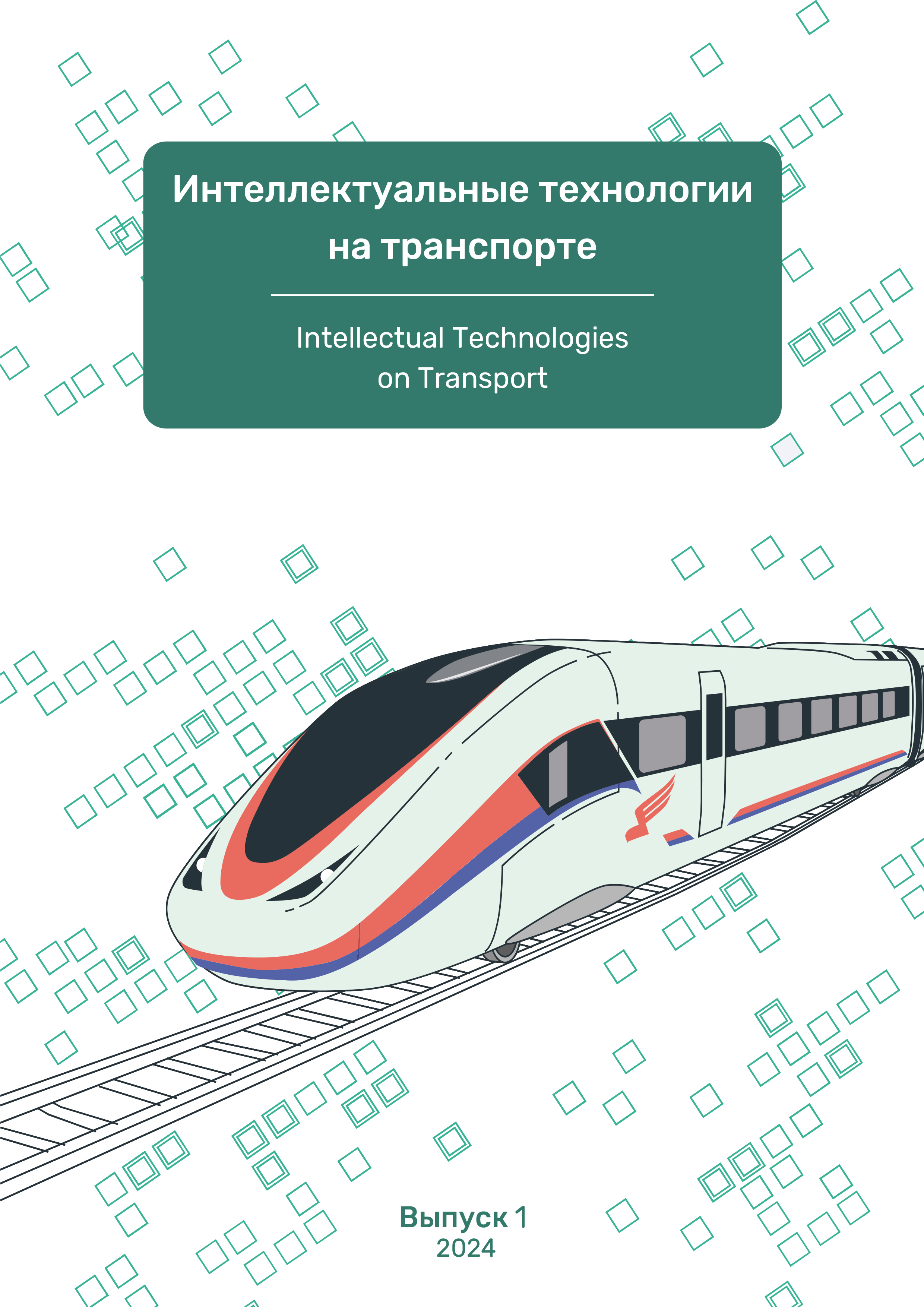Russian Federation
UDC 614.78
Fine particulate matter (PM2.5) poses significant risks to public health and the natural environment. Accurate prediction of PM2.5 concentration is crucial for effective environmental management. In this study, we present a novel hybrid model, the COOT bird-inspired natural life model combined with Artificial Neural Network (COOT-ANN), for predicting daily PM2.5 concentration in hydier abad and Delhi from 2014 to 2022. The performance of the COOT-ANN model is compared with stand-alone ANN and Dragonfly-ANN (DA-ANN) hybrid models. Using the Taylor diagram, we demonstrate that the COOT-ANN model exhibits the closest proximity to the observation point, resulting in a 13.94 % and 11.42 % reduction in prediction errors compared to the ANN model in Hyderabad and Delhi, respectively. Furthermore, the box-plot of the COOT-ANN model closely resembles the actual data distribution. Consequently, the COOT-ANN model outperforms both the ANN and DA-ANN models at both monitoring stations. This innovative approach to air quality prediction can significantly enhance the accuracy of environmental protection programs.
COOT bird-inspired natural life model, Dragonfly algorithm, fine particulate matter, prediction
1. Åkesson M., Singh P., Wrede F., Hellander A. Convolutional Neural Networks as Summary Statistics for Approximate Bayesian Computation, IEEE/ACM Transactions on Computational Biology and Bioinformatics, 2022, Vol. 19, Is. 6, Pp. 3353–3365. DOI:https://doi.org/10.1109/TCBB.2021.3108695.
2. Gu J., Wang Z., Kuen J., et al. Recent Advances in Convolutional Neural Networks, Pattern Recognition, 2018, Vol. 77, Pp. 354–377. DOI:https://doi.org/10.1016/j.patcog.2017.10.013.
3. O’Shea K. T., Nash R. An Introduction to Convolutional Neural Networks, ArXiv, 2015, Vol. 1511.08458, 11 p. DOI:https://doi.org/10.48550/arXiv.1511.08458.
4. Zhang Z., Hua B.-S., Yeung S.-K. ShellNet: Efficient Point Cloud Convolutional Neural Networks Using Concentric Shells Statistics, Proceedings of the 2019 IEEE/CVF International Conference on Computer Vision (ICCV 2019), Seoul, South Korea, October 27–November 02, 2019. Institute of Electrical and Electronics Engineers, 2019, Pp. 1607–1616. DOI: 10.1109/ ICCV.2019.00169.
5. Yang H., Liu Z., Li G. A New Hybrid Optimization Predictionv Model for PM 2.5 Concentration Considering Other Air Pollutants and Meteorological Conditions, Chemosphere, 2022, Vol. 307, Part 3, Art. No. 135798, 26 p. DOI:https://doi.org/10.1016/j.chemosphere. 2022.135798.
6. Zhang Z., Flora K., Kang S., et al. Data-Driven Prediction of Turbulent Flow Statistics Past Bridge Piers in Large-Scale Rivers Using Convolutional Neural Networks, Water Resources Research, 2022, Vol. 58, Is. 1, Art. No. 030163, 23 p. DOI:https://doi.org/10.1029/2021WR030163.
7. Lee H., Song J. Introduction to Convolutional Neural Network Using Keras; An Understanding from a Statistician, Communications for Statistical Applications and Methods, 2019, Vol. 26, No. 6, Pp. 591–610. DOI:https://doi.org/10.29220/CSAM.2019.26.6.591.
8. Liu X., He C., Zhang Q., Liao M. Statistical Convolutional Neural Network for Land-Cover Classification from SAR Images, IEEE Geoscience and Remote Sensing Letters, 2020, Vol. 17, Is. 9, Pp. 1548–1552. DOI: 10.1109/ LGRS.2019.2949789.
9. Milletari F., Rothberg A., Jia J., Sofka M. Integrating Statistical Prior Knowledge into Convolutional Neural Networks, Medical Image Computing and Computer Assisted Intervention (MICCAI 2017): Proceedings of the 20th International Conference, Quebec City, Canada, September 10–14, 2017. Fig. 4. Time series of the actual and predicted values of the PM2.5 with the ANN, DAANN, and COOT-ANN models for a) Beijing, and b) Delhi 2024. № 1 29 Intellectual Technologies on Transport. 2024. No 1 Part I. Cham, Springer International Publishing, 2017, Pp. 161– 168. DOI:https://doi.org/10.1007/978–3–319–66182–7_19.
10. Zhang, Z., Flora, K., Kang, S., Limaye, A. B., & Khosronejad, A. (2022). Data‐Driven Prediction of Turbulent Flow Statistics Past Bridge Piers in Large‐Scale Rivers Using Convolutional Neural Networks. Water Resources Research, 58(1), e2021WR030163.
11. Ruospo A., Gavarini G., de Sio C., et al. Assessing Convolutional Neural Networks Reliability through Statistical Fault Injections, Proceedings of the Design, Automation and Test in Europe Conference and Exhibition (DATE 2023), Antwerp, Belgium, April 17–19, 2023. Institute of Electrical and Electronics Engineers, 2023, 6 p. DOI: 10.23919/ DATE56975.2023.10136998.
12. Yamashita R., Nishio M., Do R.K. G., Togashi K. Convolutional Neural Networks: An Overview and Application in Radiology, Insights into Imaging, 2018, Vol. 9, Is. 4, Pp. 611– 629. DOI:https://doi.org/10.1007/s13244–018–0639–9.
13. Li Z., Liu F., Yang W., et al. A Survey of Convolutional Neural Networks: Analysis, Applications, and Prospects, IEEE Transactions on Neural Networks and Learning Systems, 2022, Vol. 33, Is. 12, Pp. 6999–7019. DOI:https://doi.org/10.1109/TNNLS. 2021.3084827.










